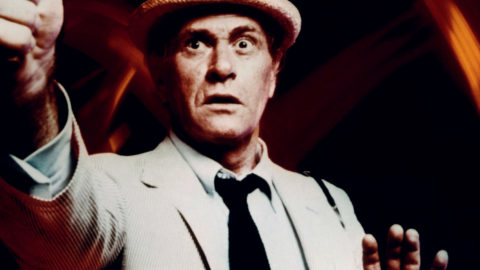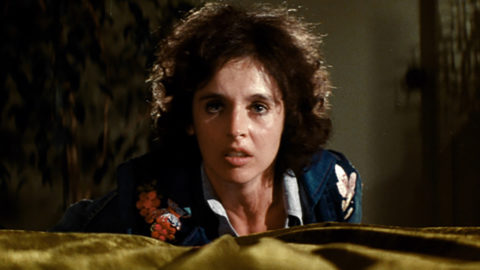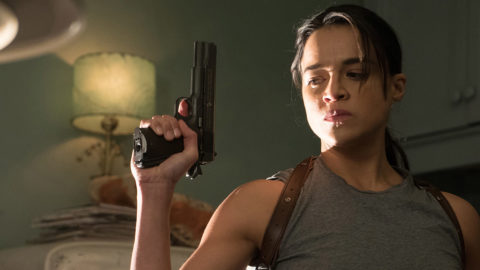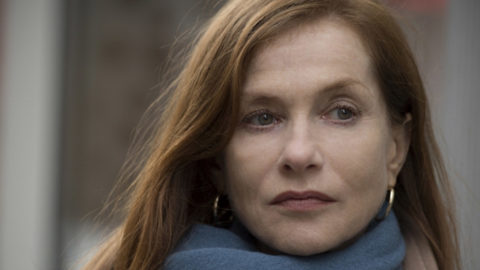Classified: Action Cinematography
Classified is a regular column on genre by April Wolfe.
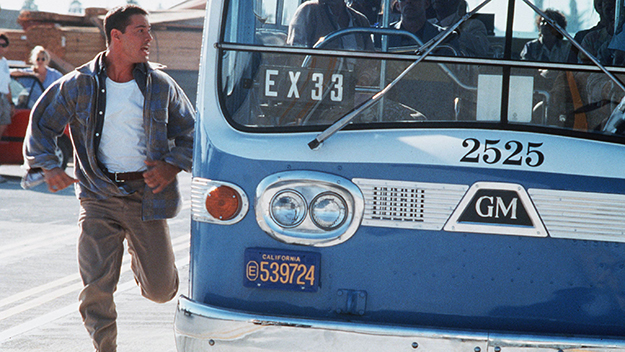 Speed (Jan de Bont, 1994)
Speed (Jan de Bont, 1994)
In 1903, director Edwin S. Porter made what’s considered to be the first action film, The Great Train Robbery, a short caper of low-key stunts, gunplay, and brawls. That Porter began his filmmaking career as an Edison Studios cameraman before he began directing isn’t surprising—he shot the film himself, along with Jacob Blair Smith (most famous for helming the camera on the gruesome Electrocuting an Elephant). Porter, who understood the capabilities of the camera and how it could inform the action, would usher in a new era of on-location shooting, cross-cutting, and outrageous stunts, forever transforming cinema and solidifying action movies as a dominant form for cinematographic experimentation.
Porter was the first action cinematographer to direct, but he certainly wasn’t the last. Possibly the most well-known example from the modern era would be Jan de Bont, who began his career in collaboration with Paul Verhoeven on such films as The 4th Man and Turkish Delight before working with John McTiernan on Die Hard and Ridley Scott on Black Rain. But in 1994, de Bont would also revolutionize action films, directing the high-octane Speed, which featured complex choreography on moving vehicles along with a hugely orchestrated traffic jam on Los Angeles highways.
A modest budget of $30 million meant de Bont would have to get scrappy and creative to accomplish something like jumping a bus across a gaping stretch of incomplete road; that scene wasn’t even included in the original script after the budget was approved, but de Bont went location scouting, found a huge section of highway missing and insisted that they add a ramp to jump the bus. Incidentally, the crew also pioneered a way to keep stunt drivers from crushing their spines on these types of jumps by suspending them in the air from a harness. Unfortunately, they couldn’t figure out a way to not crush their cameras—replacing broken or destroyed cameras ate up a significant portion of the budget.
De Bont always thought of himself as a cinematographer first and a director second, so there was nobody on set to tell him not to do one insane shot after another, and his cinematographer Andrzej Bartkowiak was more than happy to oblige. The experience inspired Bartkowiak to move into the director’s chair as well, helming Silver Pictures’ well-known forays into Hong-Kong-meets-urban-American action films, Romeo Must Die and Cradle 2 the Grave. Those films turned Jet Li into an international superstar, riding the same millennial, kung fu–obsessed cinematic wave as The Matrix, shot by Bill Pope. Bartkowiak and his DPs took a grittier approach to action, with more handheld cameras that whipped audiences nearly inside a punch, while Pope privileged slicker, effects-fueled action, but both styles build on a tradition of inventiveness in the genre and borrow from earlier East-meets-West collaborations like that of Enter the Dragon director of photography Gilbert Hubbs and Bruce Lee.
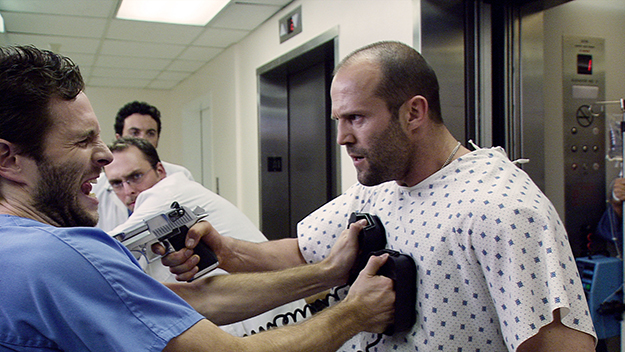
Crank (Mark Neveldine, 2006)
Bartkowiak’s prized handheld style did come into prominence throughout the 2000s. Mark Neveldine and Brian Taylor’s over-the-top Crank movies exemplified some of the best of this style, with Neveldine himself acting as camera operator while rollerblading through the action sequences. The recent successes of the John Wick franchise and Atomic Blonde signal that Pope’s more fluid camerawork is enjoying a Renaissance, as more viewers crave intricately crafted, single-take action sequences.
Filming action is as much about creativity as it is about problem-solving technology and understanding the best ways to overcome that technology’s limitations. It’s not uncommon for action cinematographers to literally invent new cameras. Pope, the effects crew, and the Wachowski Sisters worked to develop a “bullet time” rig of small cameras placed around a ring that would photograph in intervals to achieve their polished “virtual cinematography” look. But even earlier than that, Kathryn Bigelow’s Point Break cinematographer Donald Peterman developed a special pogo camera with a snorkel lens that was lightweight and small enough that the camera operator could actually keep up with and track the action at a very close, intimate range.
Americans may have invented the action film and made a significant number of advancements along the way, but perfecting it was an international effort. Perhaps the starkest case of international filmmakers blowing up the genre comes from the breadth of Ozploitation films made in Australia throughout the 1970s. Before George Miller made Mad Max in 1979, his future collaborator John Seale was running and gunning with Deathcheaters in 1976, a buddy action-comedy about two ex–Vietnam soldiers sent to raid the headquarters of a Filipino kingpin. The opening sequence features footage from a camera mounted behind the front tire of a dune buggy as it rips up and down the red sand, a shot more than reminiscent of what would come forty years later when Seale and Miller would finally team up for Mad Max: Fury Road.
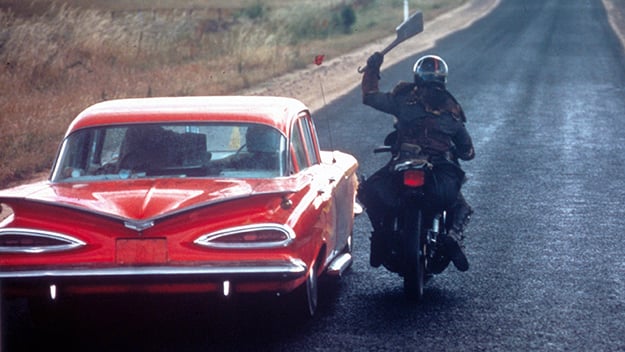
Mad Max (George Miller, 1979)
But in the 1970s and ’80s, Aussie cinema made up the rules as it went—nearly killing its key stuntmen time after time—with every director and cinematographer attempting to one-up the other in danger and salaciousness. Mad Max, photographed by David Eggby, was probably the most technically proficient and captivating for its story, but other visionaries broke through in that time, like the late Andrew Lesnie on Fair Game, a rape-revenge tale that bulldozes houses and jumps on the grill of a Frankenstein truck, marauding and brawling through the desert. Lesnie would go on to shoot the Lord of the Rings movies—far less danger involved.
Though directors often garner the acclaim for any given movie, action cinema is unique in that the cinematographer is just as, if not more, important than the director. Often, the roles fluidly switch back and forth, as filmmakers juggle story needs with action beats, attempting to imbue movement with character. The first action director just happened to be a cinematographer, and though his film was rough around the edges, his action innovations continue to thrill. Yet the most salient image of The Great Train Robbery doesn’t feature much action at all.
In the final frames, actor Justus D. Barnes stands in a studio in front of a black background in his bandit clothes. He lifts up a gun, aims at the audience, and fires a series of blanks, his face hardened and unflinching. This image would go on to be replicated in James Bond, Breaking Bad, Tombstone, and so many other films and television shows. Sometimes the best action cinematography comes in moments of stillness. It’s knowing when to rest that makes the greats.
April Wolfe is formerly lead critic for LA Weekly. She currently hosts the Switchblade Sisters podcast, and has written for The Village Voice, AV Club, the Washington Post, and The Wrap.



